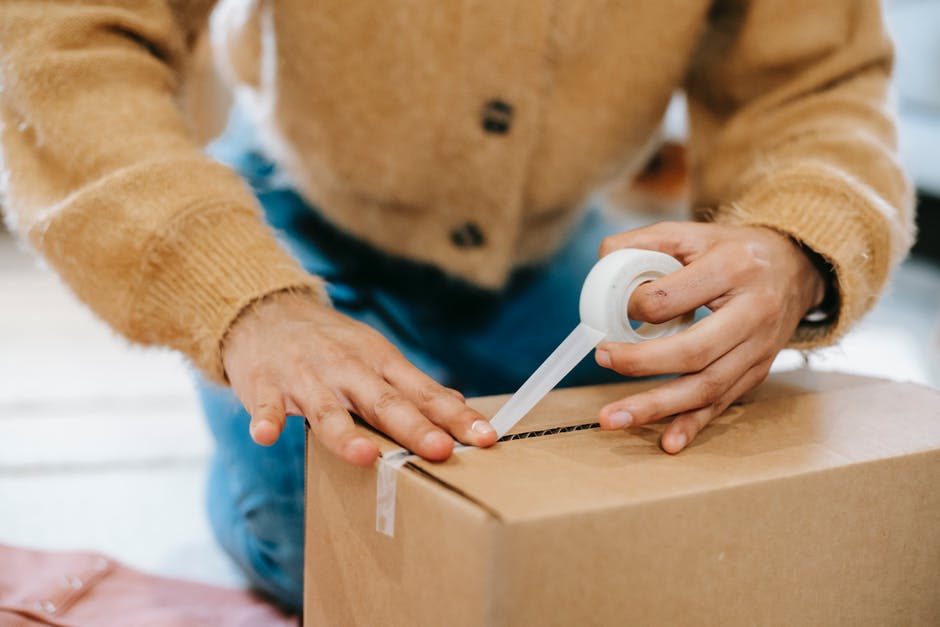
Choosing a Postage Meter for Your Small Business: A Guide
Did you know that although the first postage stamp-affixing machine was created in 1880, postal authorities did not approve the first postage meter until 1923? Since then, postage meters have evolved as have our uses of them. These days, every small business should consider leasing one.
But how can you choose the right USPS postage meter? Let us look at what a postage meter is and how you can choose the best one for your small business.
Compare PricesWhat Is a Postage Meter?
A postage meter is a machine that prints postage. An authorized provider leases postage meters to businesses, allowing them to print postage right onto a meter tape or onto packages. Postage meters can also print strips of ink instead of a traditional stamp.
Having a postage meter in your office allows you to weigh, scan, print, and process all of your mail without forcing you to stand in line at the post office.
Most postage meters are digital with touch screens that are intuitive and easy to use. The moment you get the machine for your business, you will prepay a certain number of paid postage. What you are planning on mailing goes through the machine and comes out with an “indicia” or “frank”.
These are markings that show the necessary information about the package, including the mailer’s zip code, weight, the class of mail, and more. You can even add funds to your meter by using an online USPS account, direct debit, or automated clearing house (ACH).
How to Choose a Postage Meter
As you get ready to choose a postage meter, there are a few guidelines you want to follow. Let us look closer at each one.
Intended Use
Before doing anything else, you need to know just how much you are planning on using the machine. This is because the main difference between postage meters is the speed at which they print postage.
Most small businesses need a basic postage meter that lets you weigh your packages and print postage. If you do run a business that sends out more mail, you can choose a meter that can handle 45 to 120 letters per minute.
One of the features to look for is the envelope feeding type. For low volumes, you can turn to a manual option, while you can choose a semi-automatic for low to medium volumes. For high-volume mailing, choose a machine with an automatic envelope feeding system.
Scales
The scales on a postage meter will weigh the packages you are sending so that it can calculate the needed postage based on the weight, mail class, and destination. Some meters have integrated scales that can handle anything weighing from 2 to 15 pounds.
If you typically send out packages that weigh more, you can choose a meter with external scales that can handle up to 70 pounds. To be sure that the meter will do the job you need, choose one that can deal with the largest packages you send.
Modes of Weighing
Postage meters can weigh packages in two main modes. The most common option is dynamic weighing. With dynamic weighing, the scale will recognize the shape and size of the envelope.
You can place a stack of envelopes on the feeder entrance. The meter will assess automatically the weight and size, and will then apply the correct postage to it.
The other mode is differential weighing. If you have a stack of envelopes that vary in weight, a meter that uses differential weighing can process it much more accurately and quickly.
To operate a differential weighing meter, you have to place a stack on the scale. Each time you remove an envelope from the scale to the printer, the machine will determine the weight by noticing the difference in the stack’s total weight after removing the envelope. Not all meters offer differential weighing.
Processing Speed
The meter’s processing speed does not only depend on the letters-per-minute (LPM), although it does factor into the decision. An entry-level meter can do up to 17 LPM, for example. Apart from the LPM, you want to look for some other time-saving features.
Look for a meter that has touchscreen controls instead of buttons as well as a simple mail class selection. Look for the kind of input and output tray capacities the meter has so you are not constantly having to check on the meter. It should also have jam-free operations to avoid delays.
Reporting
All postage meters can provide postage transcription reports but you may need a fuller report for accounting purposes. Some have added software that can offer fuller transcriptions.
Accounts
Postage meters allow you to set up cost accounts so that you can assign single pieces of mail or batches to particular accounts. You can create accounts of different people, departments, or any other kind of division. You can then receive transaction reports by account.
Contract
Postage meters are rental only. You will want to decide if you want a short-term or long-term contract. Look through the fine print and ask about the technical support the provider offers. The best providers will offer fast technical support as well as a regular maintenance schedule.
Choose the Best Postage Meter
Renting a postage meter for your small business will save you time and will allow you to ship mail in a more efficient manner. At Postage Mail Rental, we can help you handle all of your postage needs.
Get a quote for a postage meter today!
Compare Prices
Leave a Reply